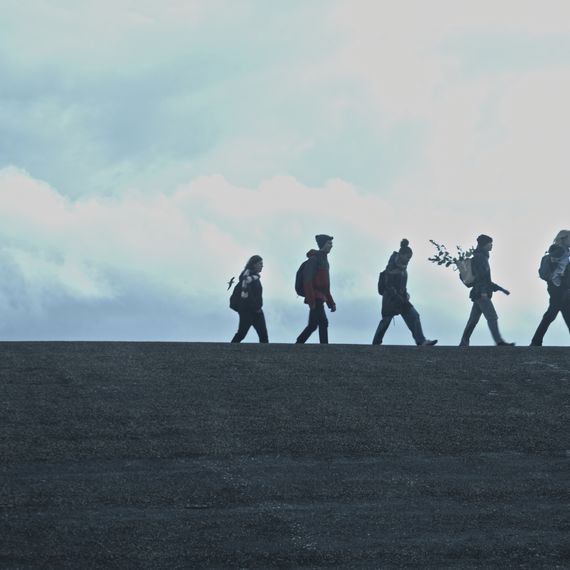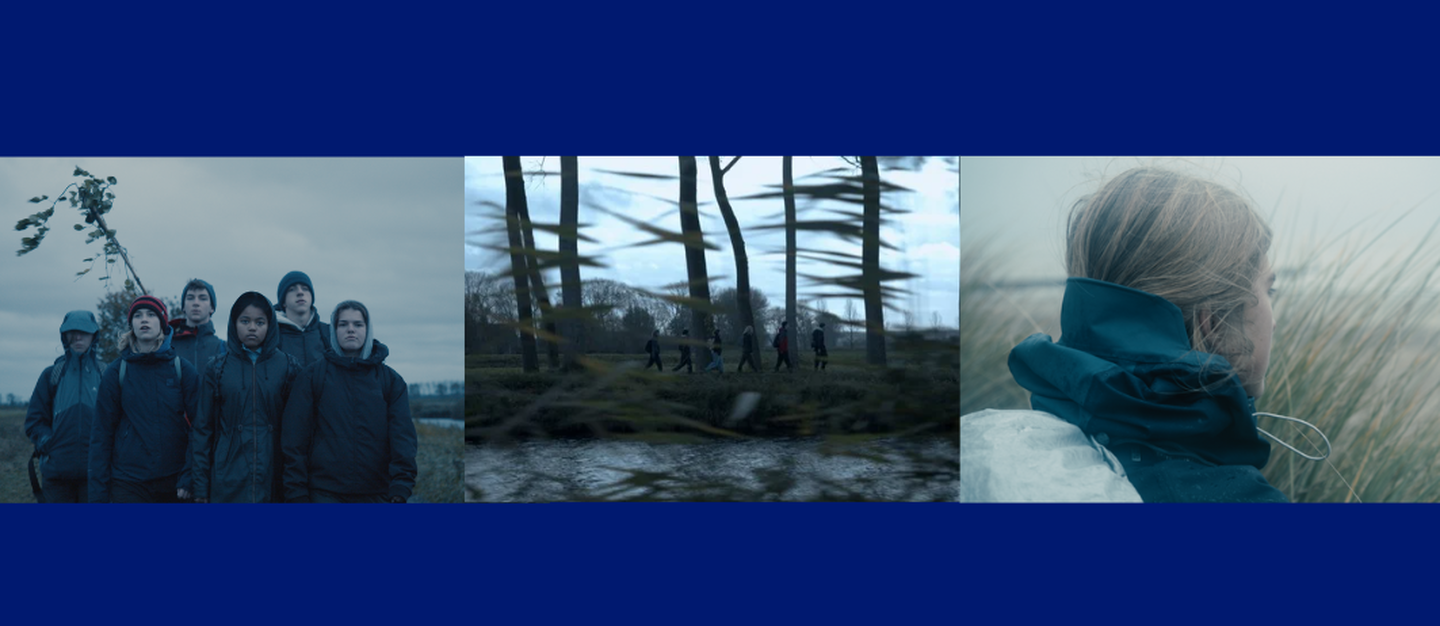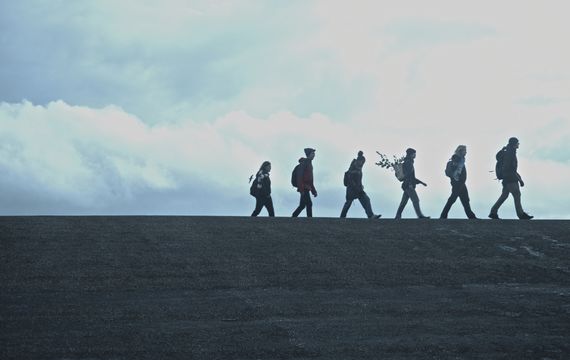Classical Catholic
First, a step back in history. The Mass in E minor is undeniably a special work by a special composer. Though Bruckner himself didn’t see it like that. He continued to doubt his ability, kept on educating and improving himself until beyond his fortieth birthday. After the premiere of a work, he would obsessively write new versions of his music. There are various reworkings of this score too. Originally, the Mass in E minor was intended for the opening of a new chapel in Linz Cathedral. But when that construction project was delayed, the music premiered outside the church walls, in 1869. As expected, Bruckner was not satisfied, and he thoroughly amended the score ‘to tighten the structure.’ Each of his approximately 150 changes is described in the afterword of the new version from 1882.
There is no denying that Bruckner did indeed make his work more concise with these interventions, tinkering with the phrasing and accompaniment. But the composer made few formal changes to the score. It remains a missa brevis (short mass) intended to accompany a church service – in concrete terms, this means a succession of six pieces of music: Kyrie, Gloria, Credo, Sanctus, Benedictus and Agnus Dei. In a way, it remains remarkably traditional. His writing style is a nod to the oldest form of church music, the Gregorian chant. And the composer uses techniques and settings that his Renaissance colleague Giovanni Pierluigi da Palestrina had already prescribed in the late sixteenth century. What’s more, for his ‘Sanctus’, Bruckner even borrows a theme from the Missa Brevis in F major by Palestrina – Bruckner did not do that kind of direct sampling in any other score.
This firm foundation on the Catholic liturgy is not surprising. Bruckner was very religious, and he was also writing music during the time of the Movimento Ceciliano (Cecilian Movement). In the second half of the nineteenth century, that movement tried to bring conformity to liturgical music, by returning to the source. In their eyes, the composition of a mass had become more and more detached from the underlying faith. The pendulum had swung from worship to spectacle for the Cecilians. It’s as if Bruckner wants to accommodate this. The opening bars of the ‘Kyrie’ with their rich polyphony seem many centuries older than they actually are, and certainly the openings of the ‘Gloria’ and the ‘Credo’ – in which a singer has to set the tone – seem to come from a medieval monastery rather than the pen of a 19th-century Romantic.



